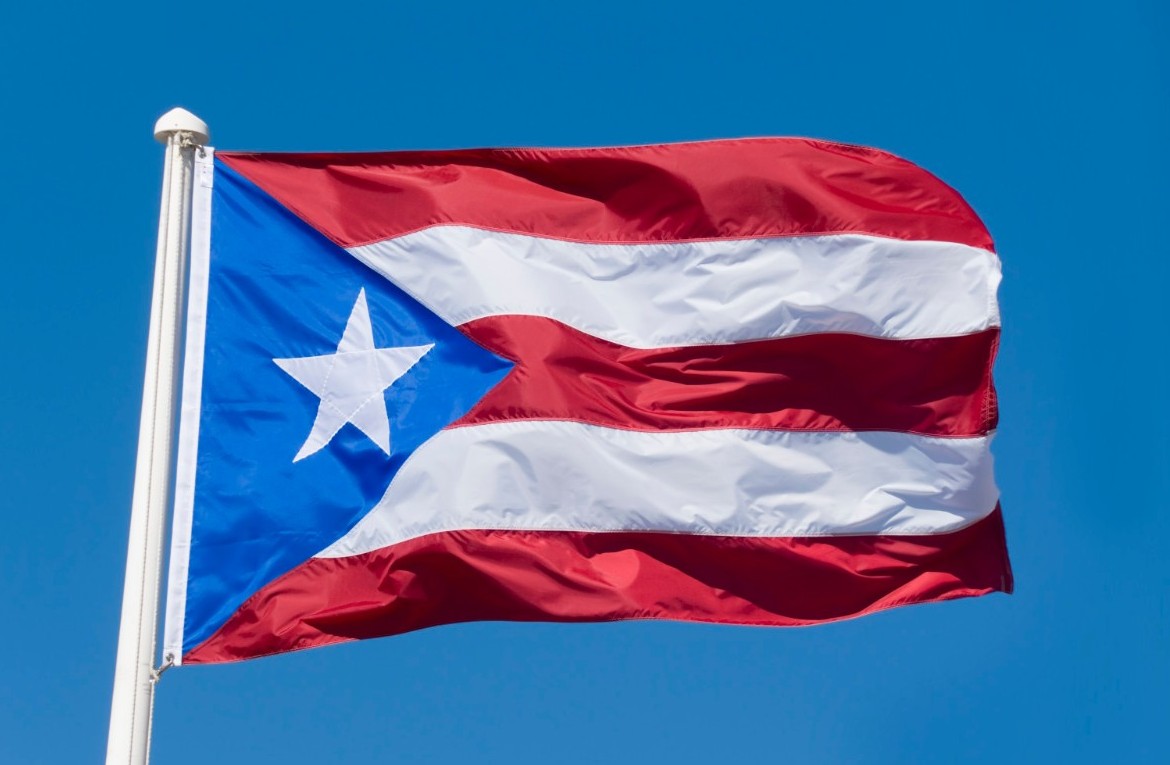
Progress on Puerto Rico’s Debt Crisis?
On May 1 Puerto Rico must make a debt payment of more than $420 million, but bondholders of the Government Development Bank will not actually see any of that money. The territorial government led by Governor Alejandro Garcia Padilla has instituted a debt moratorium, which will add another missed deadline to the ongoing Puerto Rican debt crisis.
As legislation offering potential relief in the Puerto Rican debt crisis stalls in Congress, it is worth reviewing the causes of Puerto Rico’s debt problem. Puerto Rico’s debt totals more than $70 billion, the largest share of which is owed by the territory’s public enterprises such as the electric utility PREPA. The Puerto Rico Electric Power Authority (PREPA) is responsible for almost 13% of Puerto Rico’s total debt burden. This inefficient public utility provides some of America’s most expensive energy – at more than 2.5 times the price of the US mainland average – while offering fierce resistance to the development of locally generated renewable energy that could reduce costs and drive economic growth on the island.
Unlike a similar entity operating under a US state government, however, or a privately owned entity, PREPA cannot avail itself of the protection offered by Chapter 9 of the US Bankruptcy Code. Only state governments can approve bankruptcy filings made by subsidiaries. This leaves Puerto Rican enterprises to cope with enormous debt loads without the ability to restructure into a more manageable payment system. The current legislative proposal, which is being supported by Speaker of the House Paul Ryan and negotiated with Democratic leaders, would create an independent oversight board with the ability to manage Puerto Rico’s finances and to allow some restructuring. This bill faces criticism from representatives from both parties, though, and a committee session devoted to the bill was canceled when support seemed insufficient.
Along with bloated public enterprises, Puerto Rico’s weak economy contributes heavily to the crisis. Puerto Rico’s GDP has been in steady decline for a decade. As with exclusion from Chapter 9, Washington has played a part in the Puerto Rican recession. A significant tax break for manufacturers operating in Puerto Rico finally ended in 2006, the year the decline began, and has not been replaced. Expensive energy and an end to tax incentives badly hurt the manufacturing sector, and the rest of the economy followed. In search of better conditions, many Puerto Rican residents have moved to the US mainland. The subsequent decline in population hurts Puerto Rico’s tax base, depriving the government of revenue needed to pay off its debts.
While waiting for Congress to act, Puerto Rico has sought relief through the court system. The Supreme Court heard oral arguments last month about the territory’s exclusion from Chapter 9, focusing on questions about Congress’s intent in framing the current state of bankruptcy law. Although the Puerto Rican government hopes for a court opinion granting the territory equal access to bankruptcy protection, creditors seeking to prevent any debt restructuring pointed to a strong precedent of Washington management of Puerto Rican finances with the goal of protecting investors. It is unclear which side will prevail, and whether even a ruling favorable to the Puerto Rican government would arrive quickly enough to forestall further complications.
A recent ASP event covered potential solutions to the Puerto Rican debt crisis. While the discussion panelists did not arrive at a complete consensus, it is clear that Puerto Rico needs both debt restructuring and better fiscal management. The current proposal, with its strong oversight board, is a good first step. It is not a bailout, though opponents of the plan are quick to label it as such. Indeed, the success of the oversight board plan would eliminate the need for a bailout and provide a fix to Puerto Rico’s debt problem without significant appropriations of public money. This is the sort of solution that should be acceptable to all parties, and hopefully one that can be reached before more deadlines are missed.





